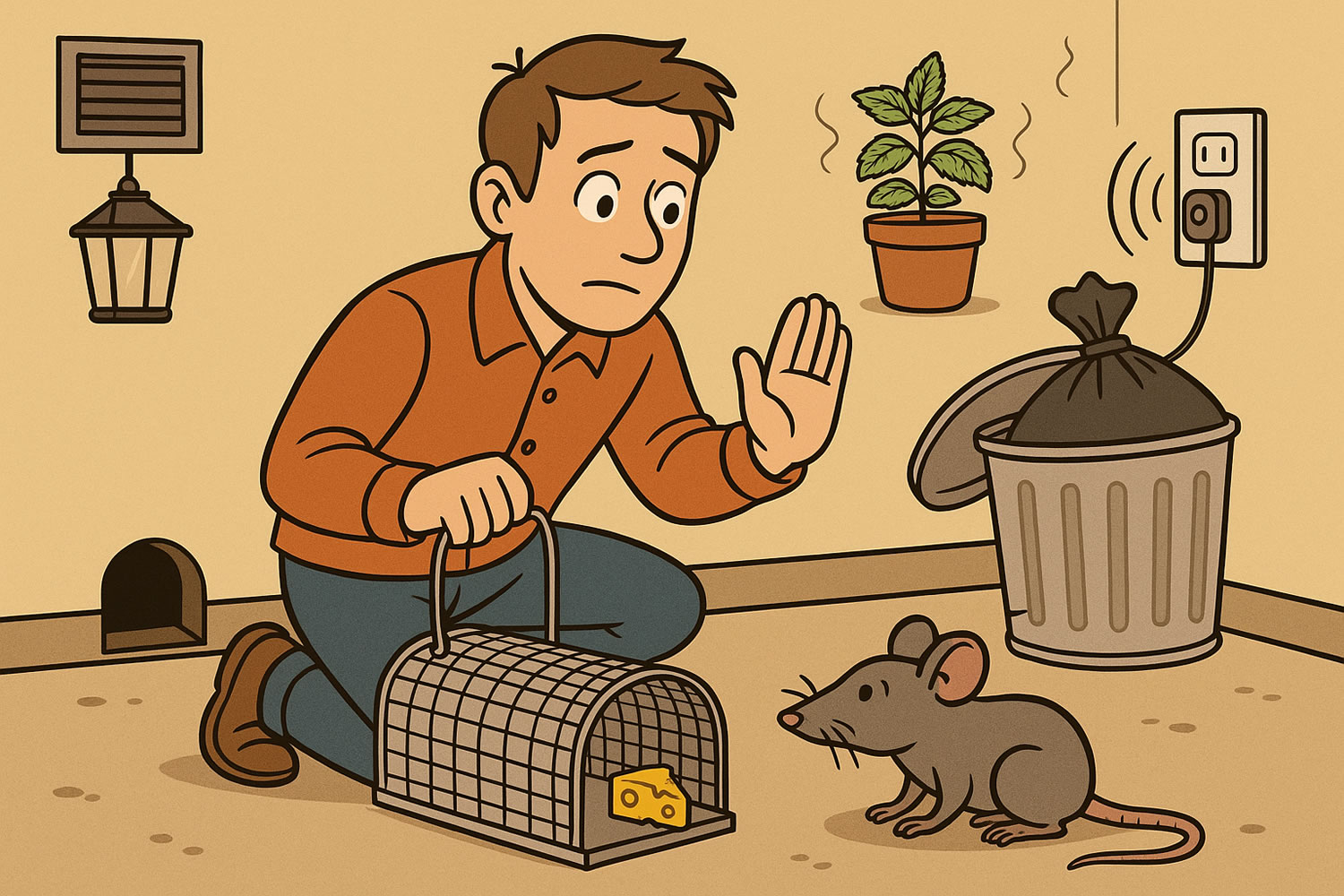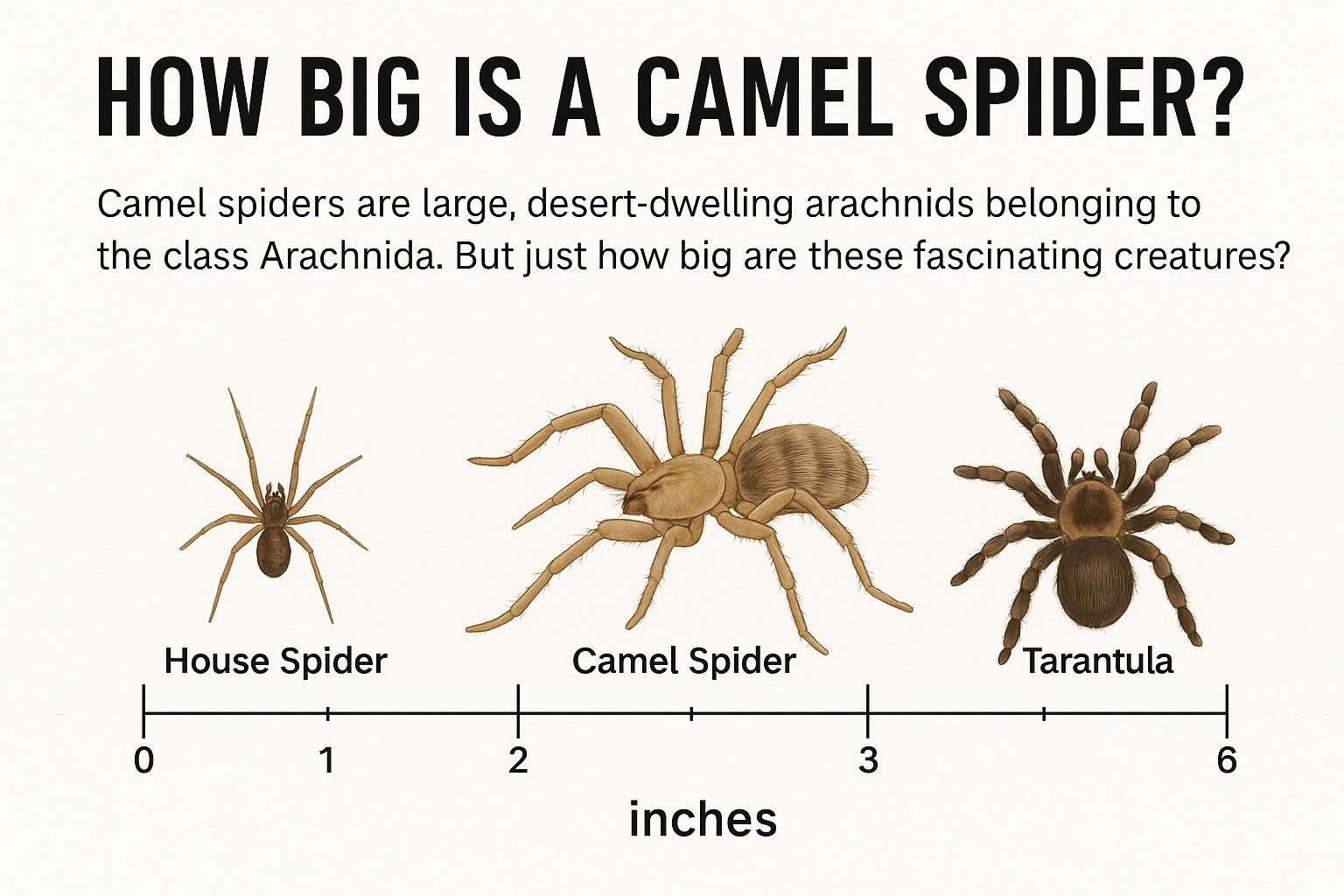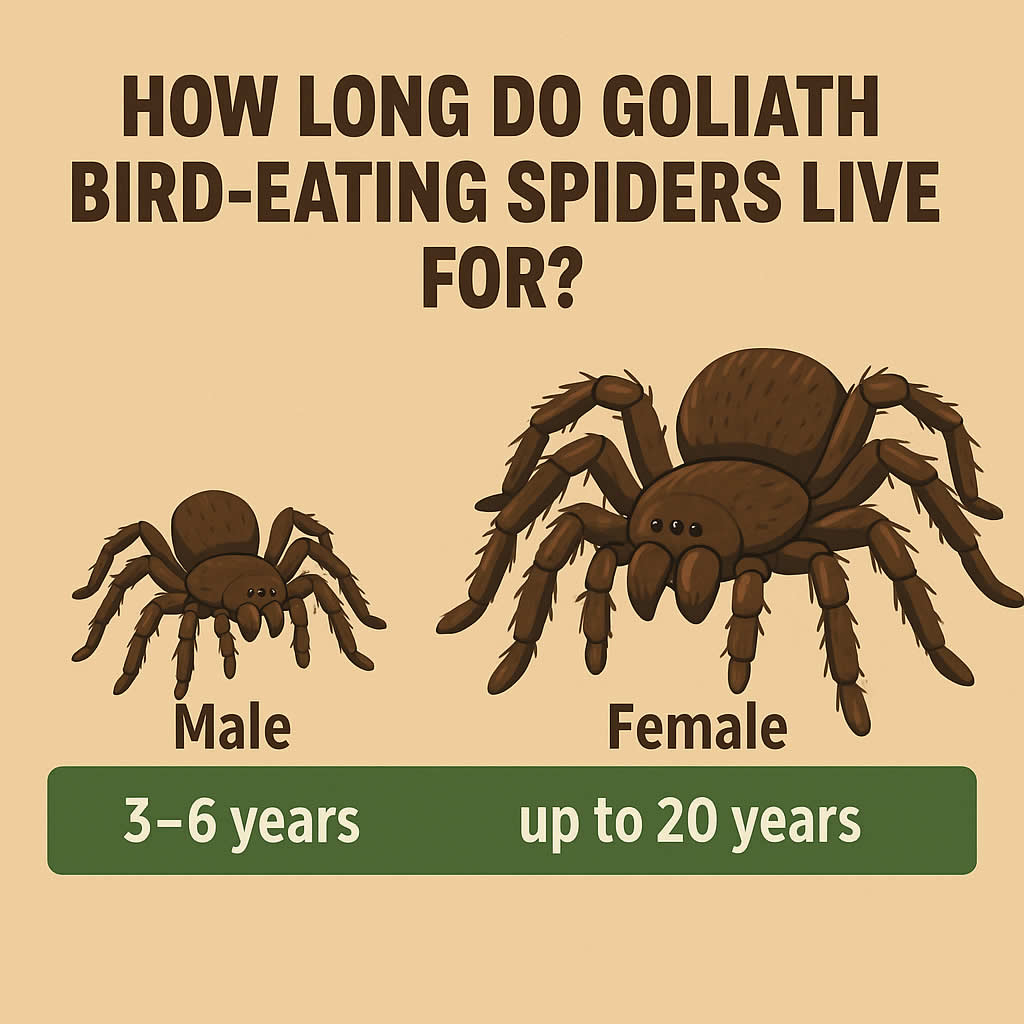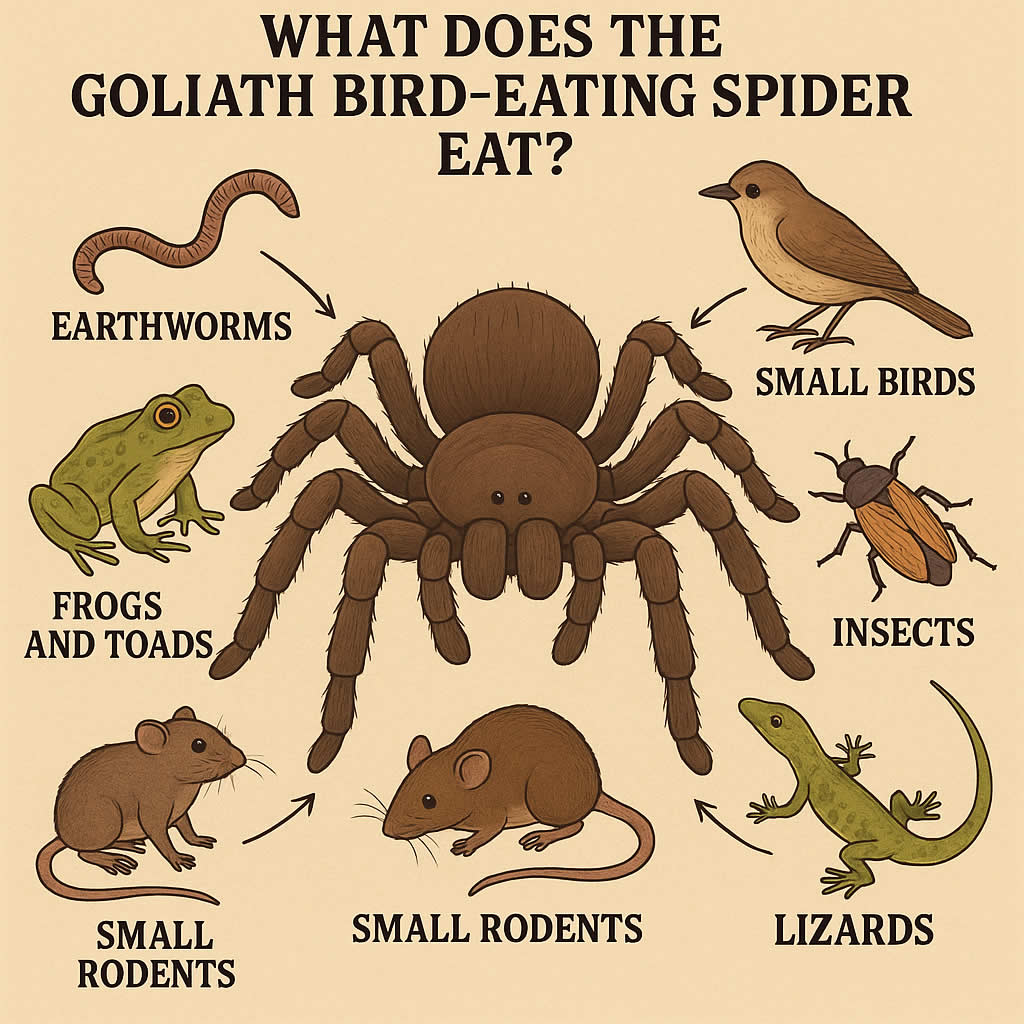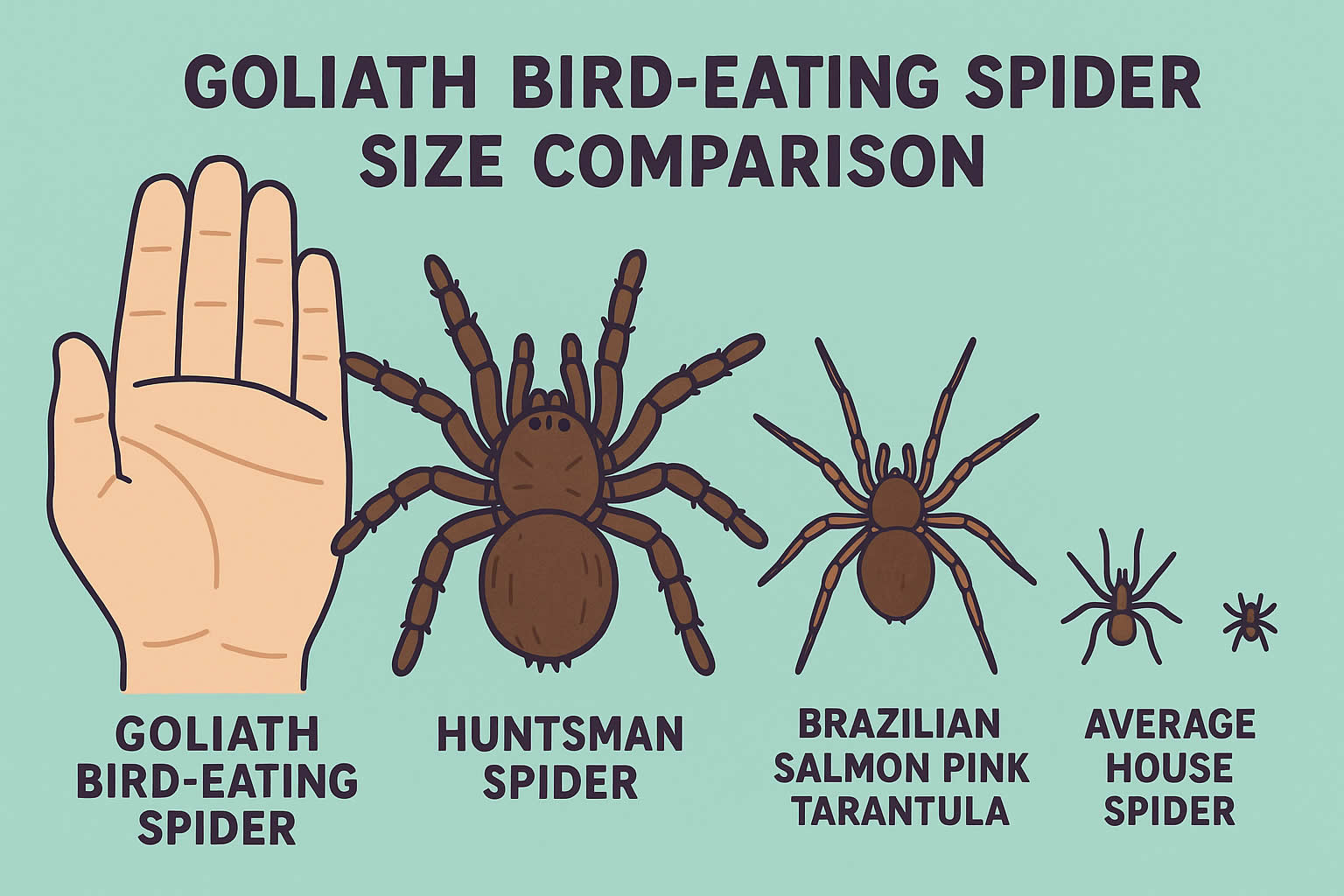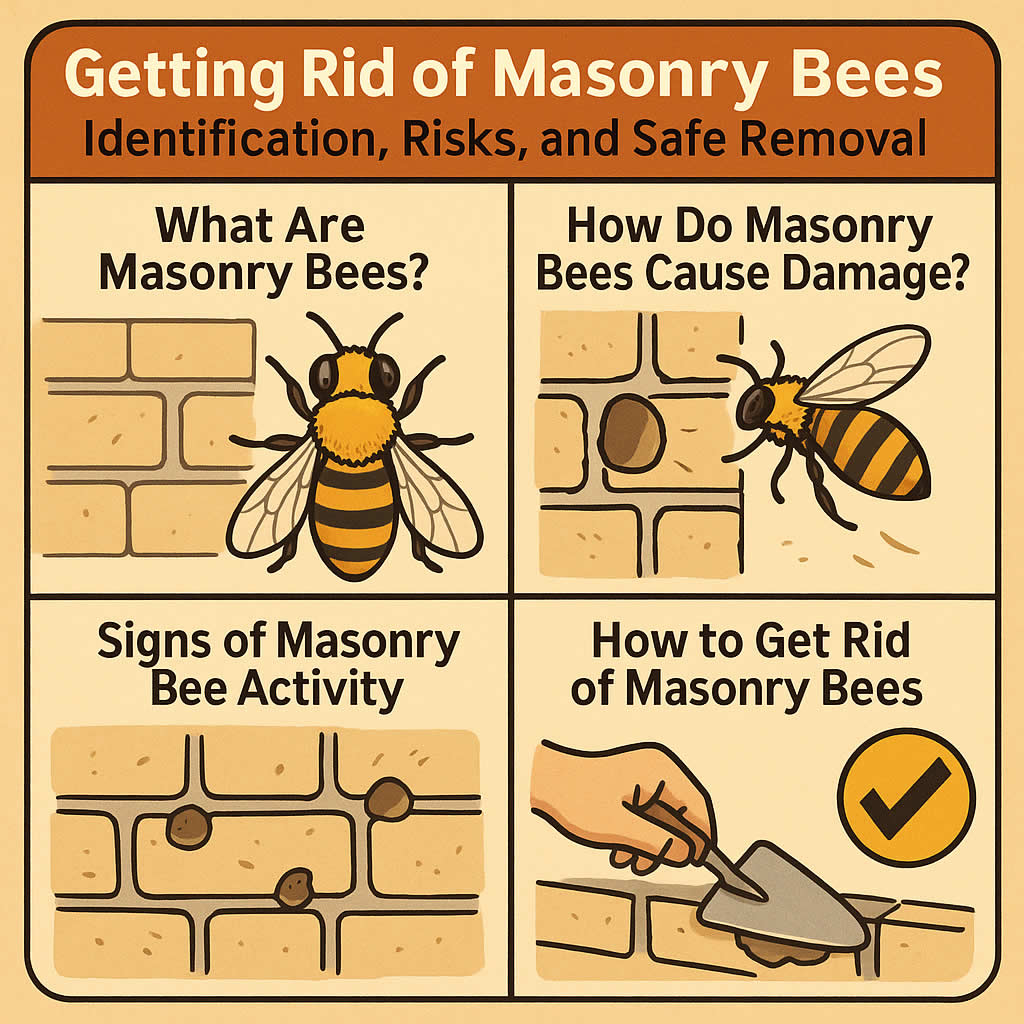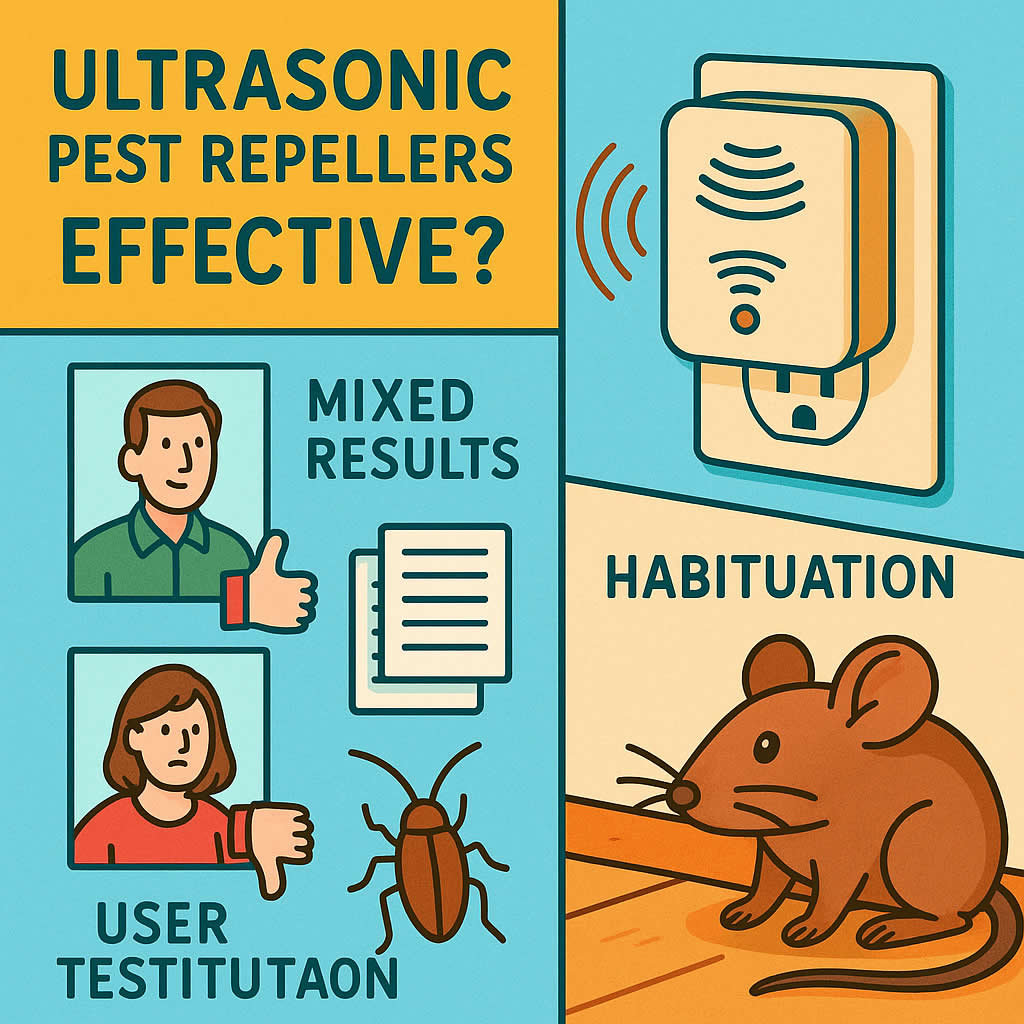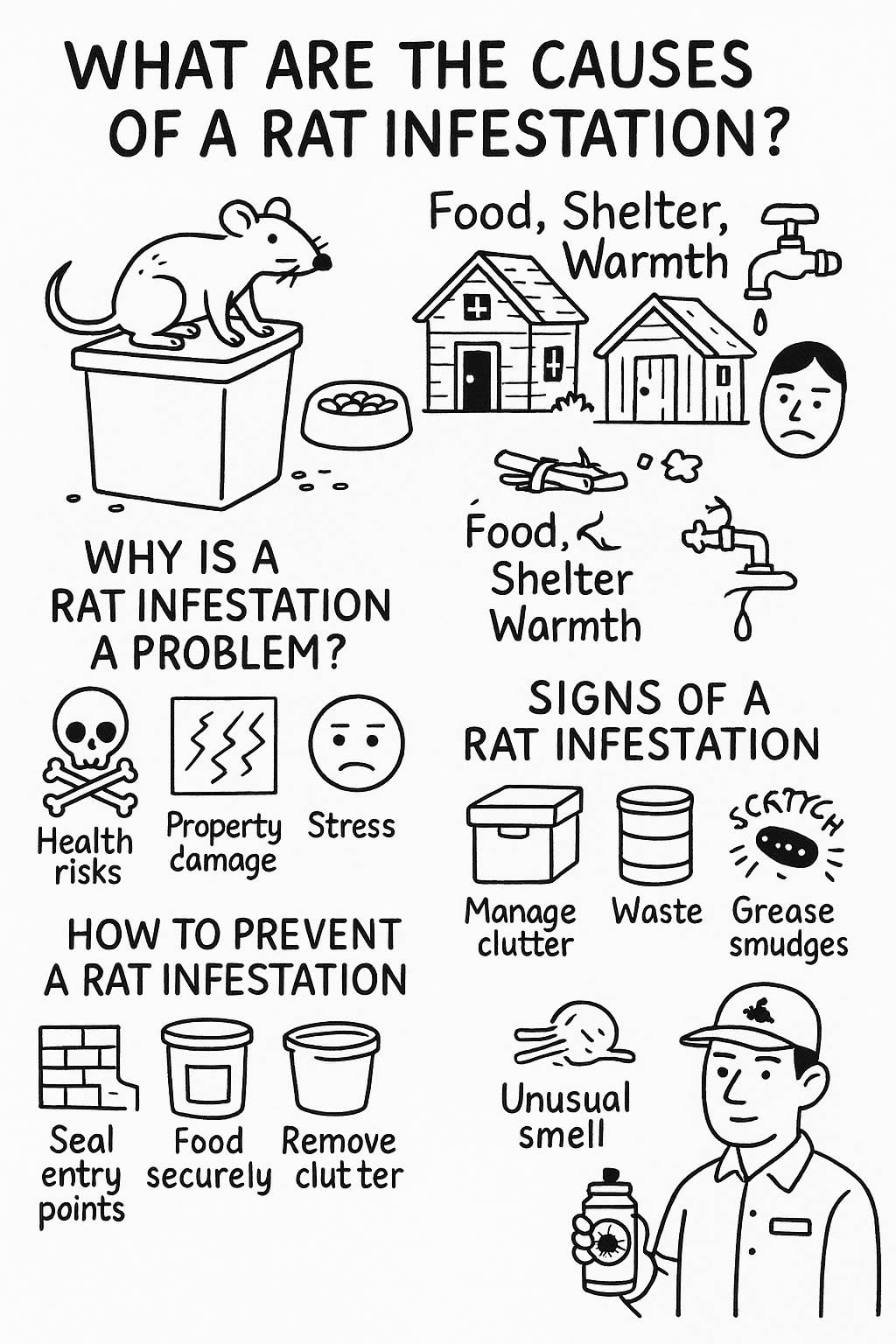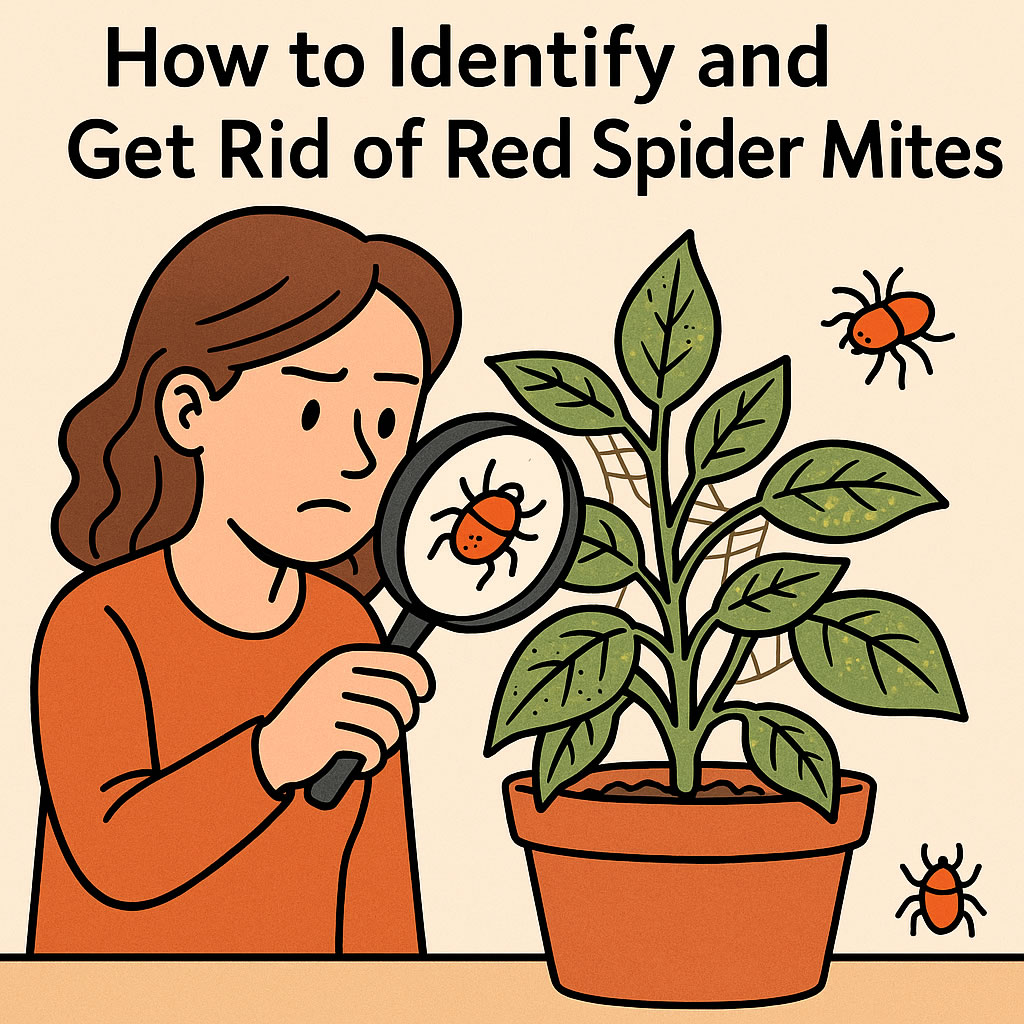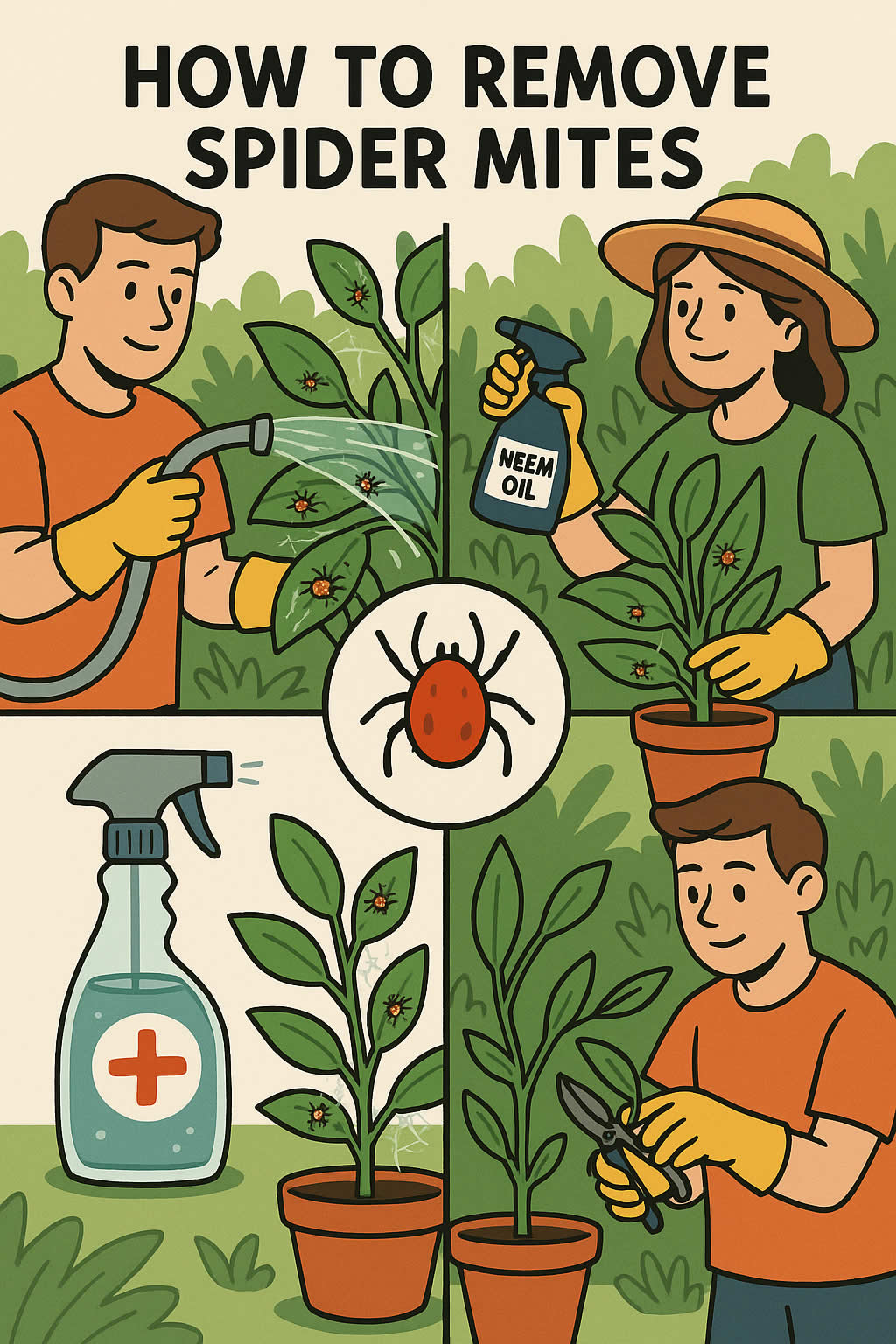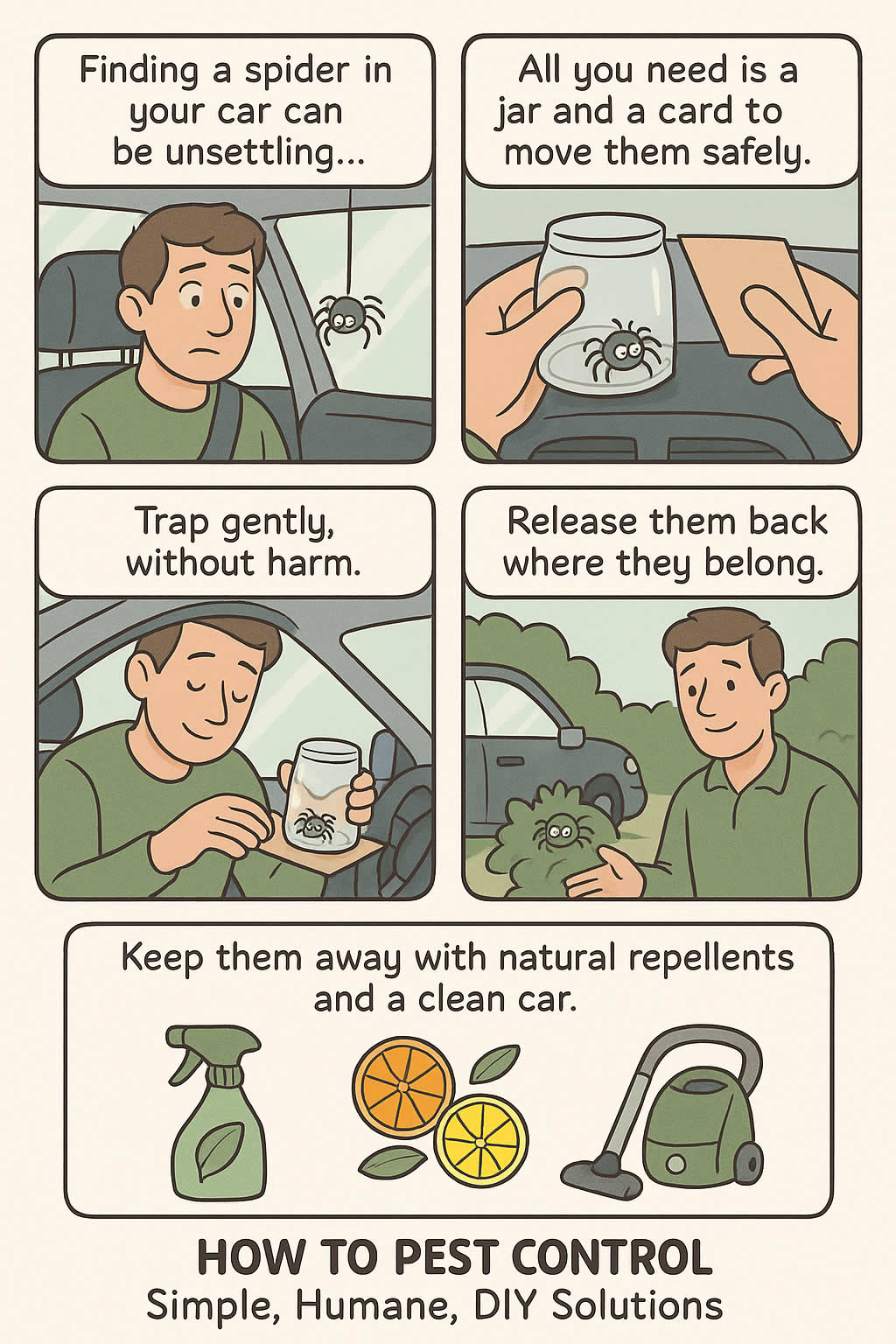Rats are clever, resourceful creatures. You might not like seeing them in your home or garden, but that doesn’t mean you have to harm them. If you’ve got a rat problem and you’re looking for a way to deal with it without causing unnecessary suffering, you’re not alone. Plenty of people want to solve this issue the kindest way possible.
In this guide, we’ll walk through exactly how to get rid of rats humanely. You’ll find out what attracts them, how to prevent them from settling in, and what to do if they’ve already made themselves at home. The aim is to give you a full picture of how to manage rats safely and respectfully—without poison, traps that harm, or quick fixes that cause more harm than good.
Related Queries
ToggleWhy are rats coming into your space?
Before you can move them on, you’ve got to understand why they’re there. Rats don’t turn up without a reason. They’re usually looking for one of three things—food, water, or shelter.
If you’ve got rubbish bins that aren’t sealed, food left out, compost piles, or even a warm attic with entry points, you’re giving them exactly what they’re after. Once they find something they like, they’ll keep coming back—and they might even bring their mates.
So, the first thing you’ll want to do is make your space less attractive. That starts with a bit of observation.
Where are they living and moving?
You might hear scratching in the walls, spot droppings in cupboards, or notice gnaw marks on wires or food packaging. Rats tend to use the same routes once they’ve settled, so look out for greasy marks along skirting boards or pathways through the garden.
Use a torch and check behind furniture, under kitchen units, inside lofts, and around sheds or garages. If you know where they’re hiding, you can deal with the problem in a focused, humane way.
What’s the best way to get rid of rats without hurting them?
Once you’ve figured out what’s attracting them and where they’re nesting, you’re ready to start removing them. Here are the key steps to do that humanely.
Block off their entry points
One of the most important steps is sealing up holes. Rats can squeeze through gaps as small as a 20p coin. Check for cracks in brickwork, gaps under doors, vents without covers, and holes around pipes.
Use strong wire mesh, steel wool, or a combination of filler and metal to close these off. Don’t rely on foam alone—rats can chew through it easily. You want to do this after you’re sure none are trapped inside.
If you’re not sure, leave the exits open for a night or two and use flour or talcum powder at the entrance. If the powder hasn’t been disturbed, it’s likely they’ve gone. Then you can seal it properly.
Remove food sources
This is often the biggest factor. Make sure all food—especially pet food—is stored in sealed containers. Don’t leave bird seed or rubbish out overnight. Empty bins regularly and keep compost piles far from the house.
If you feed wildlife or birds, make sure you do it in a way that doesn’t spill seed onto the ground. Use hanging feeders with trays and only feed as much as will be eaten in a day.
Use live traps
Live traps are designed to catch rats without harming them. They’re usually metal cages with a baited trigger. Once the rat steps in, the door shuts behind it. You can then release the rat far away from your home—at least a few miles away, in a rural area or near woodland.
Check the traps at least twice a day. Rats need food and water, so you don’t want to leave them inside too long. Make sure you wear gloves and handle the trap gently to keep stress to a minimum.
For bait, try peanut butter, seeds, or oats. Avoid cheese—it’s not actually their favourite.
Try natural deterrents
Rats have sensitive noses, and there are a few scents they really don’t like. You can try soaking cotton balls in peppermint oil, citronella, or eucalyptus oil and placing them near entry points or along their usual paths.
You’ll need to refresh the scent every couple of days to keep it strong. Some people also use crushed garlic or chillies, but essential oils are usually easier and less messy.
Another option is to grow rat-repelling plants like mint or lavender around the garden or shed. These won’t solve the problem on their own, but they might help keep rats from returning once you’ve got rid of them.
Use ultrasonic devices carefully
Ultrasonic pest repellents emit high-frequency sound waves that are supposed to annoy rats without harming them. Some people say they work well, others see no difference.
If you want to try them, go for a good-quality model and place it where rats are active. Keep in mind that furniture and walls can block the signal, so you might need more than one. These are best used alongside other prevention methods, not as a fix on their own.
Keep your outdoor space tidy
Rats love clutter. If you’ve got piles of wood, overgrown shrubs, or old furniture in the garden, it’s perfect cover for nesting.
Try to keep grass short, stack firewood away from the house, and clear up debris. If you use compost bins, make sure they’re sealed and pest-proof. Don’t let pet food sit outside, and be careful with water bowls or dripping outdoor taps.
Can you relocate rats safely?
If you’ve caught a rat in a live trap, it’s important to release it somewhere safe—both for the rat and the local environment.
Avoid releasing them near other people’s homes, farms, or allotments. Ideally, you want a wooded area or meadow well away from buildings or roads. Open the trap gently and let the rat run off on its own. It’ll be frightened, but if you’ve chosen the right place, it’ll have space to settle.
Don’t just leave it next to a riverbank or car park. Think about shelter, food, and safety. You’re not just getting rid of it—you’re giving it a proper chance elsewhere.
What should you avoid when trying to get rid of rats?
It’s easy to go straight for poison or snap traps, especially if you’re stressed or the problem’s getting worse. But those methods aren’t humane. Poison causes slow, painful deaths, and there’s a high risk that other animals—like pets, birds, or foxes—could be harmed too.
Glue traps are one of the cruellest options. Rats can stay stuck for hours or even days, injuring themselves trying to escape. They often die from stress or dehydration. These traps aren’t just inhumane—they’re banned in many places for a reason.
Even snap traps, while quick, aren’t always effective. If they’re not placed right or strong enough, they can maim rather than kill. That leads to suffering and can still leave you with a mess to clean up.
What if nothing seems to work?
Sometimes, you do everything right, and the rats keep coming. If that happens, it might be time to bring in a professional who specialises in humane pest control. They’ll know how to identify access points, set up live capture systems, and advise on long-term prevention without causing harm.
Make sure you ask about their approach before hiring anyone. Not all pest control companies focus on humane methods, so it’s worth checking what tools they use and what they’ll do with any captured animals.
Can rats carry diseases even if you don’t kill them?
Yes, rats can spread diseases through their urine, droppings, or saliva. That doesn’t mean you need to panic, but you should be careful.
When you’re cleaning areas where rats have been, always wear gloves. Disinfect surfaces, wash your hands thoroughly, and avoid direct contact. Keep children and pets away until everything’s clean.
If you’ve got rats in the loft, under the floorboards, or in the shed, air the space out before spending too much time in there. Use a dust mask if you’re doing deep cleaning.
How do you stop rats from coming back long-term?
Once the rats are gone, your job isn’t quite finished. You’ll want to make sure they don’t return. That means regular checks, tidy habits, and a few permanent changes:
- Keep rubbish in sealed bins
- Store food in metal or plastic containers
- Block small gaps and holes as soon as you spot them
- Cut back hedges or trees that touch the house
- Clean up fallen birdseed or pet food regularly
If you’ve had a problem once, there’s always a risk it could happen again. Staying on top of the basics will give you the best chance of keeping your home rat-free without having to resort to harmful measures.
Final thoughts
Getting rid of rats doesn’t have to mean killing them. With a bit of effort, you can clear them out and stop them from coming back—all without causing harm. The key is staying calm, acting early, and thinking about why they’re there in the first place.
You’re not just protecting your home—you’re choosing a way that’s kinder to animals and safer for everyone living nearby. Whether it’s sealing gaps, setting live traps, or just making the space less inviting, every small step makes a difference.
If you stick with it and stay consistent, you’ll get your space back—and you’ll do it the right way.
Pest Control Upper Caldecote – Pest Control Shortstown – Pest Control Honeydon
